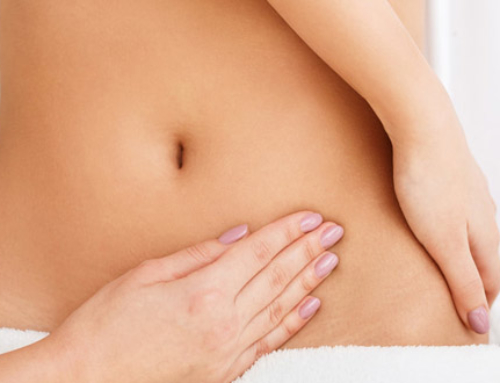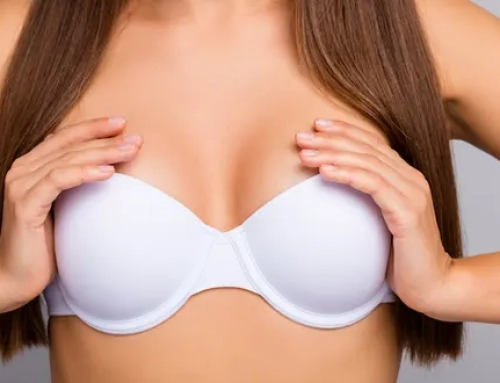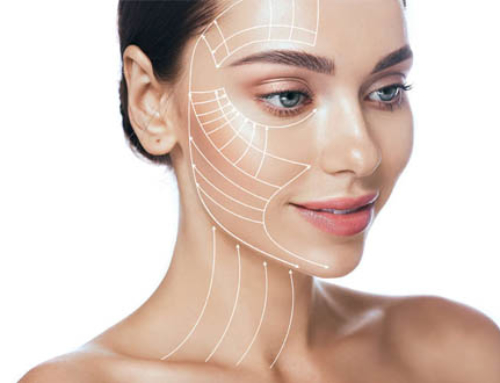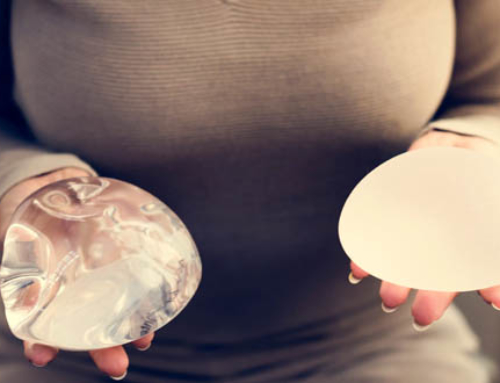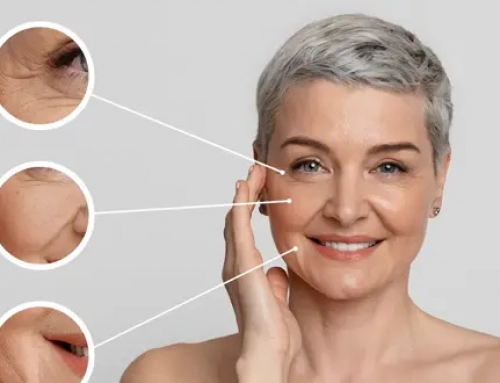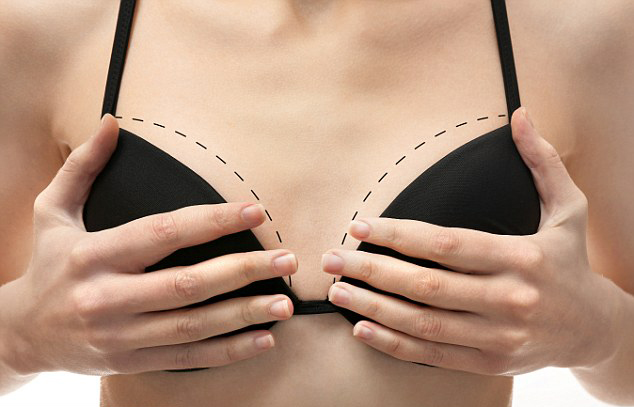 Fat transfer to the breasts is a cosmetic procedure designed to increase breast volume or fill depressions. This technique transfers the patient’s own fat from one or multiple areas of her body to her breasts. The fat harvested during the first step of the procedure, which is essentially a liposuction, is purified before being reinjected in the breasts in order to maximize graft survival. If you have been searching for an experienced surgeon to perform your breast augmentation surgery, Dr.Balti can offer you the result you have in mind thanks to more than 12 years of expertise in the field of breast surgery.
Fat transfer to the breasts is a cosmetic procedure designed to increase breast volume or fill depressions. This technique transfers the patient’s own fat from one or multiple areas of her body to her breasts. The fat harvested during the first step of the procedure, which is essentially a liposuction, is purified before being reinjected in the breasts in order to maximize graft survival. If you have been searching for an experienced surgeon to perform your breast augmentation surgery, Dr.Balti can offer you the result you have in mind thanks to more than 12 years of expertise in the field of breast surgery.
Indications
Who can benefit from fat grafting breast augmentation ?
Patients requesting this procedure must have enough fat stored in their body to harvest. Breast augmentation with fat transfer is suited for moderate breast volume increases. For a more significant volume increase, patients can choose to undergo two separate fat grafting procedures or breast implants instead. Whether the lack of breast volume is due to weight loss, pregnancy or any other cause, fat grafting can be performed to correct their appearance, the procedure is also commonly used to correct asymmetrical breasts. Often times, fat grafting is performed in combination with implants to smoothen breast contours, usually for slender women.
Considerations
The clinical examination allows Dr.Balti to assess breast volume and shape. Skin elasticity is also taken into account. The desired outcome is discussed during consultation. Fat harvesting sites are determined based on this information as well as the patient’s body fat. Note that fat grafting results are affected by significant weight fluctuations, which means that patients actively trying to lose weight should delay the procedure until they’ve reached their ideal weight and kept it stable for at least six months. A preoperative consultation with the anesthesiologist is scheduled two days before the procedure to explain the details of anesthesia. Smokers must quit smoking a month before the procedure and two months after. Tobacco use affects microcircuclation, which is essential for the survival of the transferred fat cells.

